Sampling and Analysis of Terpenes in Air with Carbotrap® T420 Thermal Desorption Tubes
Kristen Schultz, Global Product Manager
Air Monitoring and GC Consumables
Select the links below for easy navigation:
- Sampling and Analysis of Terpenes in Air With Thermal Desorption Tubes
- Versatility of the Carbotrap® T420 Thermal Desorption Tube
- Performance of the Carbotrap® T420 TD Tube
- Identification of Terpenes in Plants With the Carbotrap® T420 TD Tube (2L)
- Using Carbotrap® T420 TD Tube as a Terpene Profiling Tool
- Environmental Sampling With the Carbotrap® T420 TD Tube
- Conclusion
- Related Products
Sampling and Analysis of Terpenes in Air with Thermal Desorption Tubes
Terpenes are fragrant organic compounds associated with the aromas and flavors of numerous plants from botanicals to conifers. Many sample preparation techniques are available for the measurement of the terpene concentrations in plant materials for identification and profiling; but those methods are not amenable for detection and measurement of the terpenes emitted from the plants into the air. Depending on the plant and the environment, terpene concentrations in the air can range from very weak to very strong, odorous, and unpleasant. The workers, mainly from the cannabis and hemp industries may experience negative respiratory health effects from working around these plants as no Personal Exposure Limits (PELs) have been established by regulatory agencies and guidance for the use of personal protective equipment (PPE) has not been identified or deemed as necessary. Additionally, the impact of the emissions from these growing facilities may result in adjacent neighborhoods complaints of strong unpleasant odors, however, no odor threshold limits have been established. Downwind of these facilities, neighboring agricultural operations may have their crops flavor unintentionally adulterated from these drifting terpenes.
Other analytical methods for the extraction of terpenes from plants, namely cannabis and hemp, require processing the flowering portion for sample preparation and analysis which is a multi-step process after the plant materials arrive at the laboratory. Thermal desorption tubes streamline this process down to two steps in the workflow – Active sampling, to collect the air sample (non-destructive), and then straight to the laboratory for analysis with thermal desorption-gas chromatography-mass spectrometry (TD-GC/MS). There is no sample preparation step to break down the plant material and extract the terpenes for identification and profiling. Because thermal desorption does not require solvent extraction, it is more sensitive than other available methods because it does not dilute the sample. The Carbotrap® T420 Thermal Desorption (TD) tube is specifically designed for detection and measurement of terpenes in air from growing operations aimed at identification and profiling environmental emissions – to evaluate employee exposures, terpene drift and odors.
Thermal Desorption Workflow
Sample Collection

Sample Preparation

Sample Analysis

If you would like to learn more about Air Sampling with Thermal Desorption, please watch our webinar on demand: “Best Practices for Collection of Air Samples Using Thermal Desorption Tubes”
Versatility of the Carbotrap® T420 Thermal Desorption Tube
The Carbotrap® T420 tube can collect terpene samples from a wide range of environments demonstrating its versatility for use in both higher concentration environments, such as those indoors and the workplace and in lower concentration outdoor ambient environments like a neighboring community for odor detection and measurement or a conifer forest.
For each of the sample collection applications demonstrated below, the air volumes were adjusted to accommodate for the anticipated concentration range. Analytically, the split flow ratios were adjusted accordingly, to prevent sample overload to the capillary GC column (SLB-5ms, 30m x 0.25mm x 0.25µm). Recommended analytical instrument parameters are given in Table 1.
Table 1. Recommended Analytical Testing Parameters (For both high and low concentration environments) |
|---|

Figure 1.Chromatogram obtained for Carbotrap® T420 TD Tube spiked with terpene certified reference materials
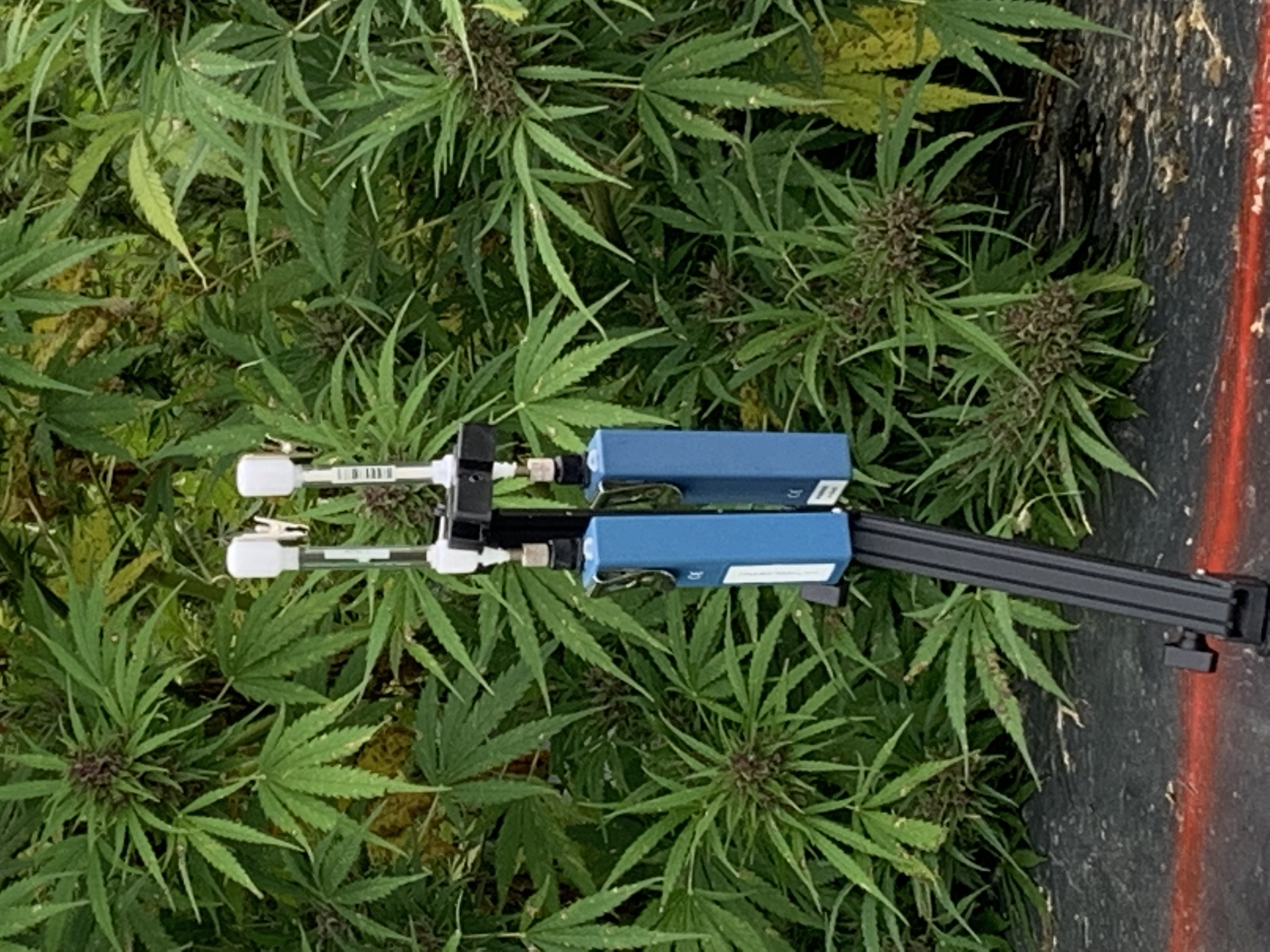
Figure 2.Outdoor measurement of terpenes from hemp growing operations using our glass and stainless steel Carbotrap® T420 TD tubes and Spectrex PAS-500 Personal Air Sampling pumps
Identification of terpenes in plants with the Carbotrap® T420 TD Tube (2L)
Hundreds of terpenes across the range of botanical plants may require forensic identification, such as those associated with hemp and the Cannabis sativa plants. The common hemp and Cannabis sativa terpenes are monoterpenes and sesquiterpenes.
To demonstrate if two different hemp strains could be identified analytically using a thermal desorption tube, the Carbotrap® T420 TD tubes were set up beside two different hemp strains growing in the fields, and 2 L volumes of air were collected from both strains and then analyzed in the laboratory by TD/GC-MS. (Figure 3)
- Recommended Sample Collection Volume: 2-5 L
- Growing Environment: Outdoors, next to plants
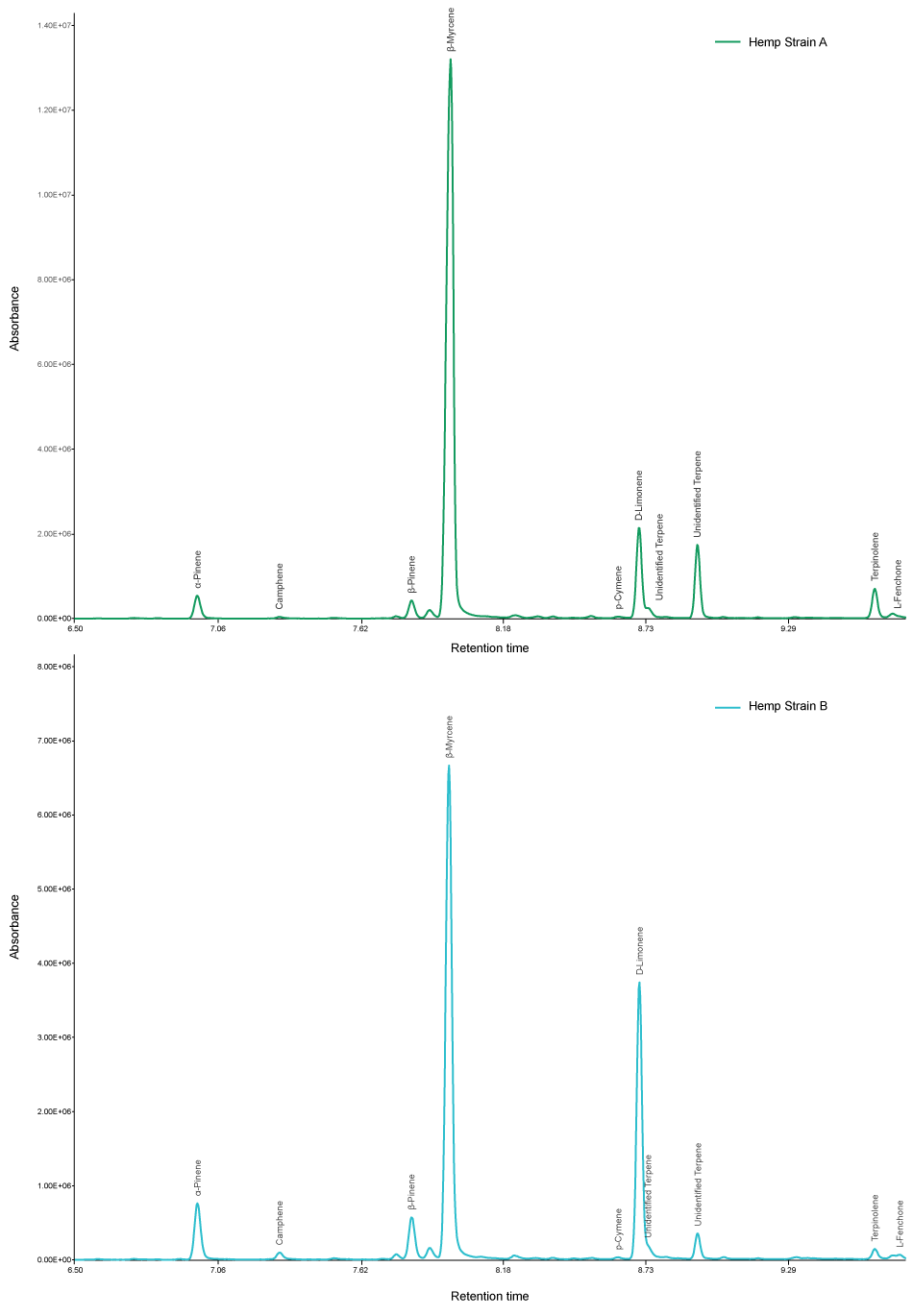
Figure 3.Chromatograms obtained for two different hemp strains using the Carbotrap® T420 TD tubes
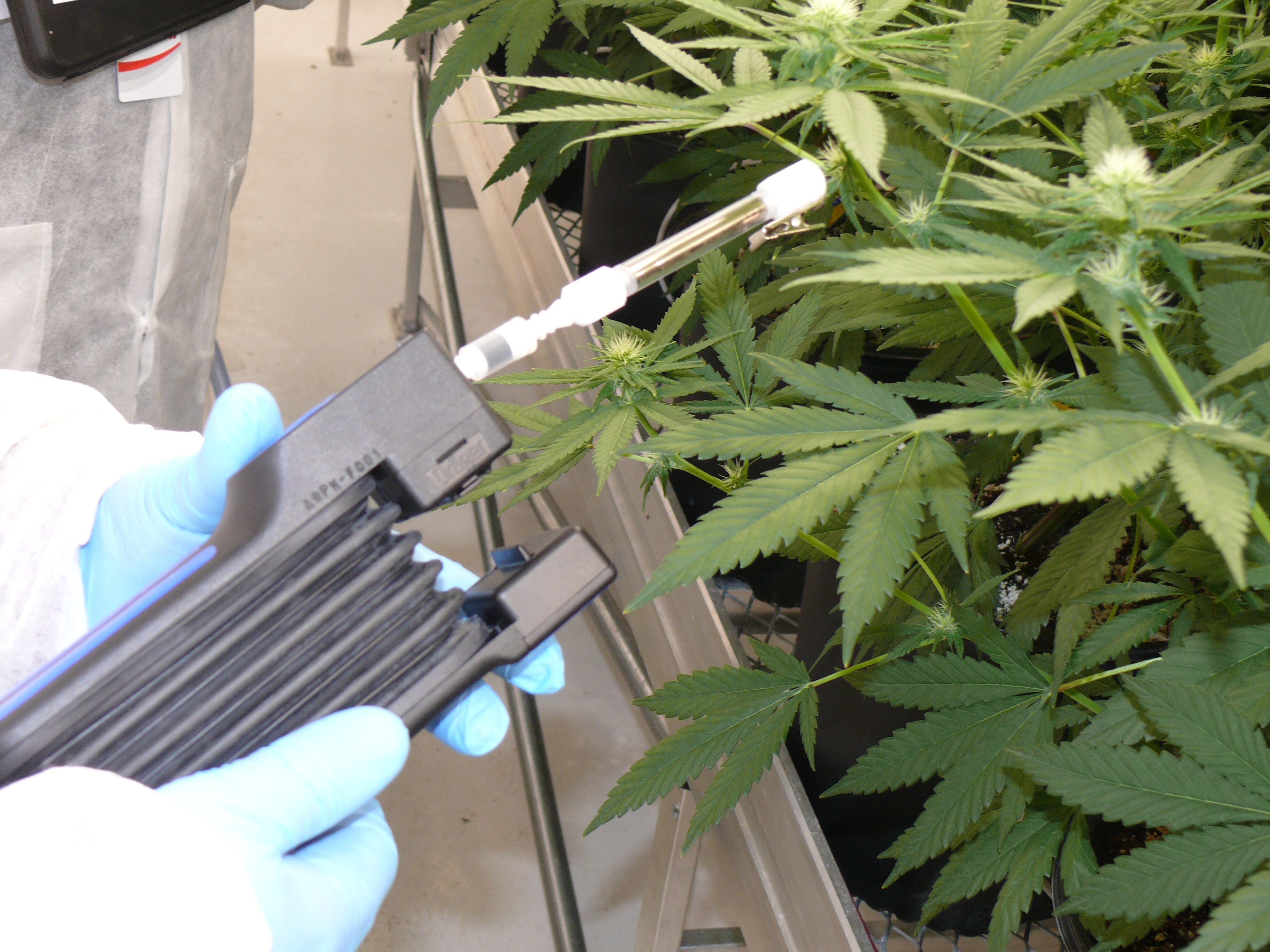
Figure 4.Indoor profile measurement of cannabis terpenes (flowering plant) from cannabis greenhouse growing operations using our glass Carbotrap® T420 TD tubes and detector tube pump.
Using Carbotrap® T420 TD Tube as a Terpene Profiling Tool
Plant identification extends into plant profiling whereas plants of a common strain may express minor variations in terpene concentrations and also during its growth process prior to harvesting, this knowledge can assist the grower in targeting terpenes of interest for future crop enhancement (figure 3). These samples were taken in a cannabis greenhouse growing facility from a cannabis sativa “orange variety” strain in different lighting conditions. The Carbotrap® T420 TD tube could differentiate analytically between the two plants of the same strain at different maturity levels. This capability of non-destructive terpene profiling could be a useful tool to the grower to optimize and maximize their harvest using the profile of terpenes as a measurement.
- Recommended Sample Collection Volume: 0.1 – 0.2 L
- Growing Environment: Indoor Greenhouse
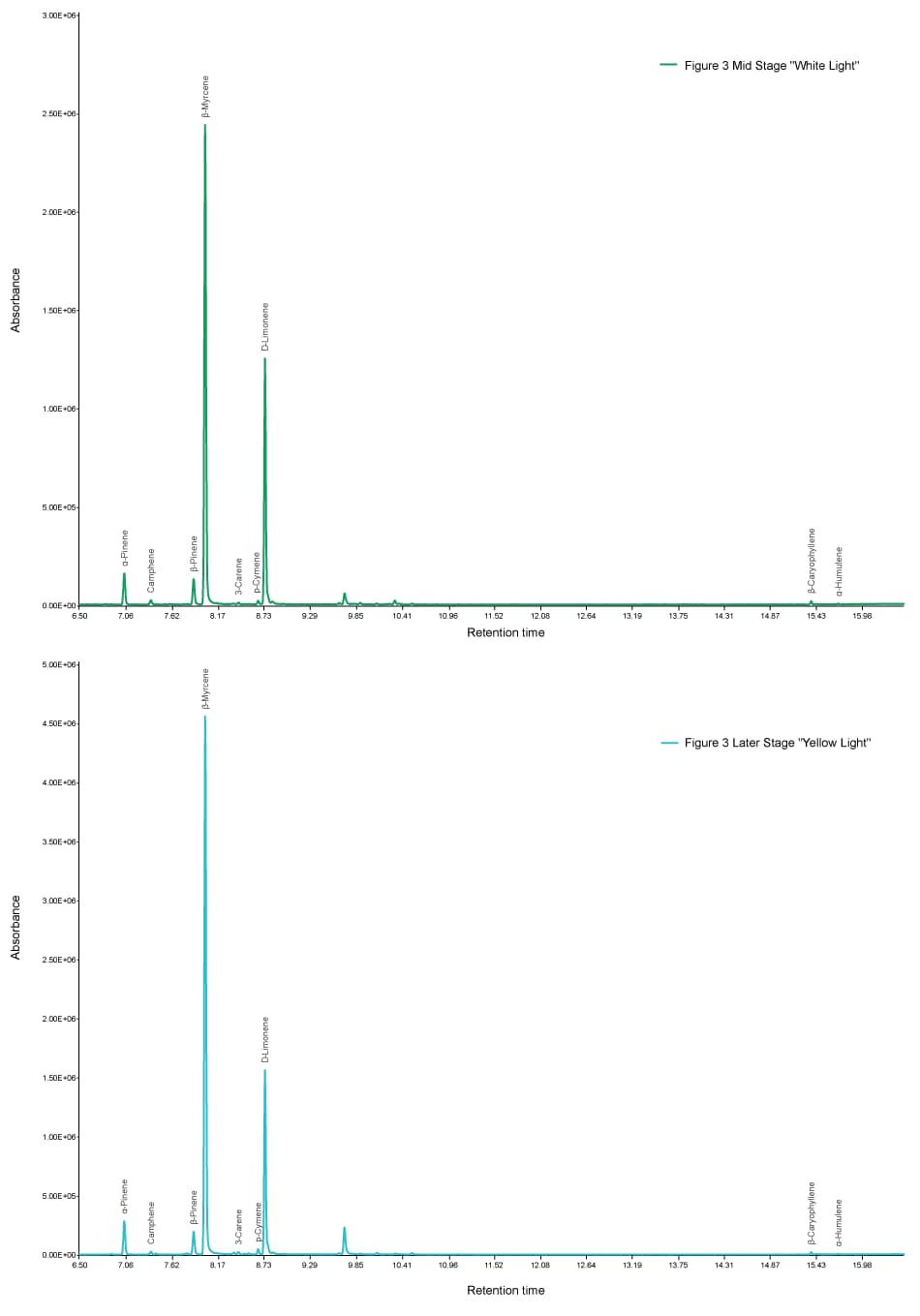
Figure 5.Carbotrap® T420 TD tube differentiating analytically between two plants of the same strain at different maturity levels

Figure 6.Sampling terpenes in a pine forest with the Carbotrap® T420 TD Tube (25L Air Sample).
Image courtesy of Christopher Simpson, Professor and Assistant Chair for Research and Faculty Engagement in the University of Washington Department of Environmental & Occupational Health Sciences.
Environmental Sampling with the Carbotrap® T420 TD Tube
Terpenes are the chemical compounds responsible for the refreshing smell of pine trees in a pine forest. The odor detection threshold for the pinenes is relatively low and the Carbotrap® T420 TD tube was used to detect terpenes at these low ppb levels. As expected, alpha-pinene, beta-pinene and D-limonene were the most abundant compounds in the pine forest. Detectable levels of other terpenes such as camphene, p-cymene were also found. While there are other thermal desorption tubes and other sampling techniques available for detecting volatile organic compounds (VOC) in the environment, the Carbotrap® T420 TD tube, because it was optimized for sampling and analysis of terpenes, does not concentrate the other organic and more volatile compounds onto the tube, resulting in more clear chromatography.
- Sample collection volume: 25L
- Growing environment: Pine Forest
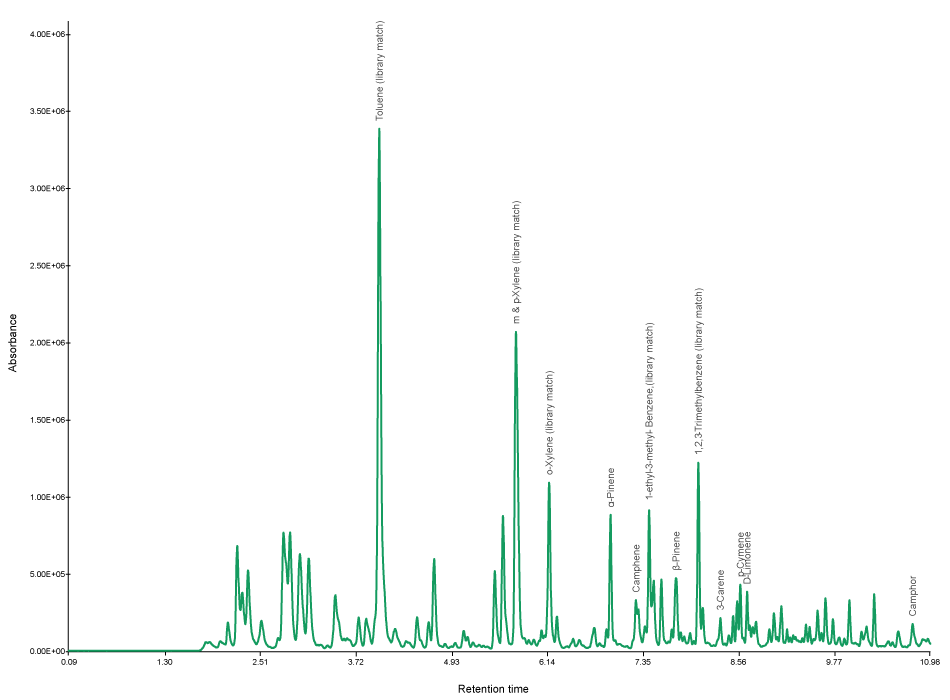
Figure 7.Ambient air concentration of terpenes in a pine forest
Conclusion
The Carbotrap® T420 TD tube is a powerful and versatile tool for sampling terpene compounds in air. Sample collection times range from minutes to a few hours and analytical results can be provided within minutes with a TD/GC-MS laboratory instrument calibrated and ready to run the analytical protocol. The benefits of using the Carbotrap® T420 provide growers, scientists, and researchers with a reliable tool to effectively detect, measure and quantify terpene concentrations for identification, profiling, workplace exposure and environmental impacts such as measurement of aromas and odors. Thermal desorption tubes are reusable approx. 50 x which make them a sustainable and environmentally friendly choice.
To continue reading please sign in or create an account.
Don't Have An Account?